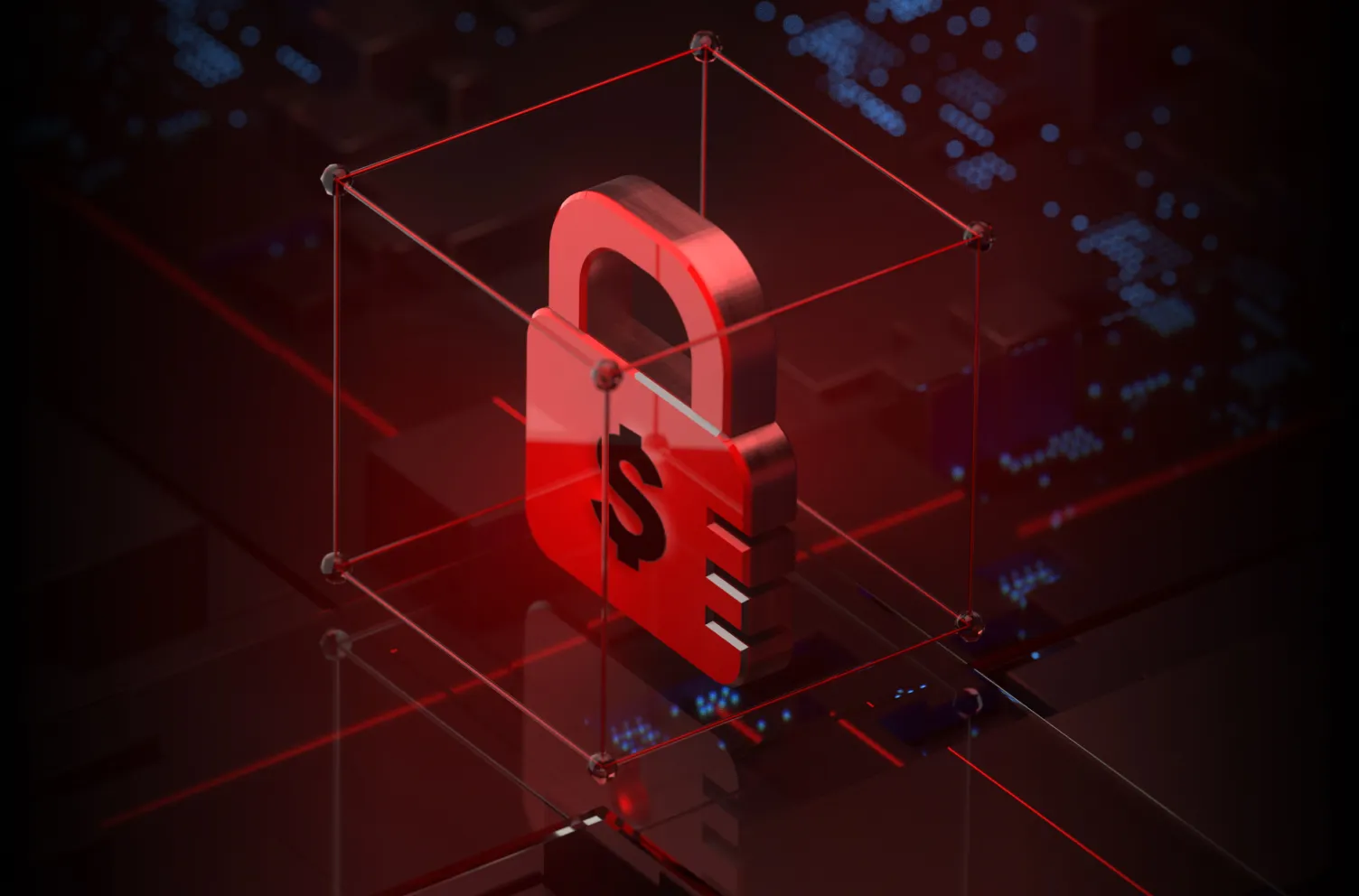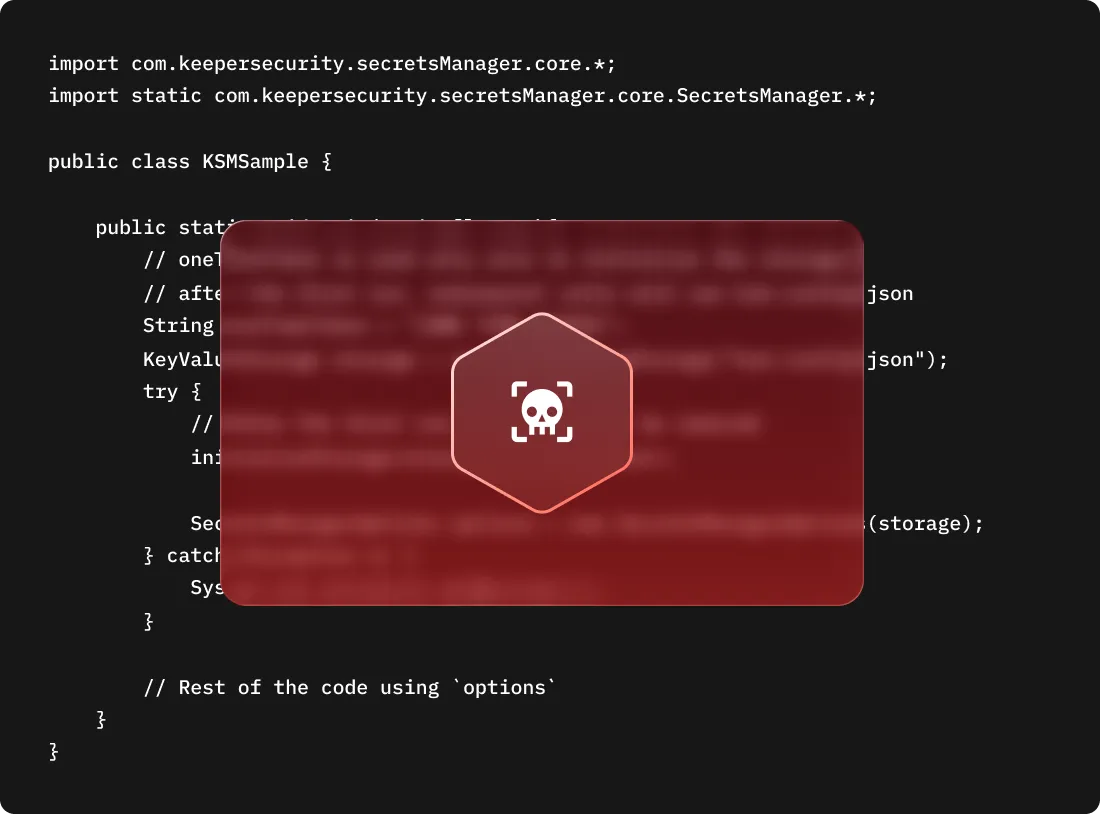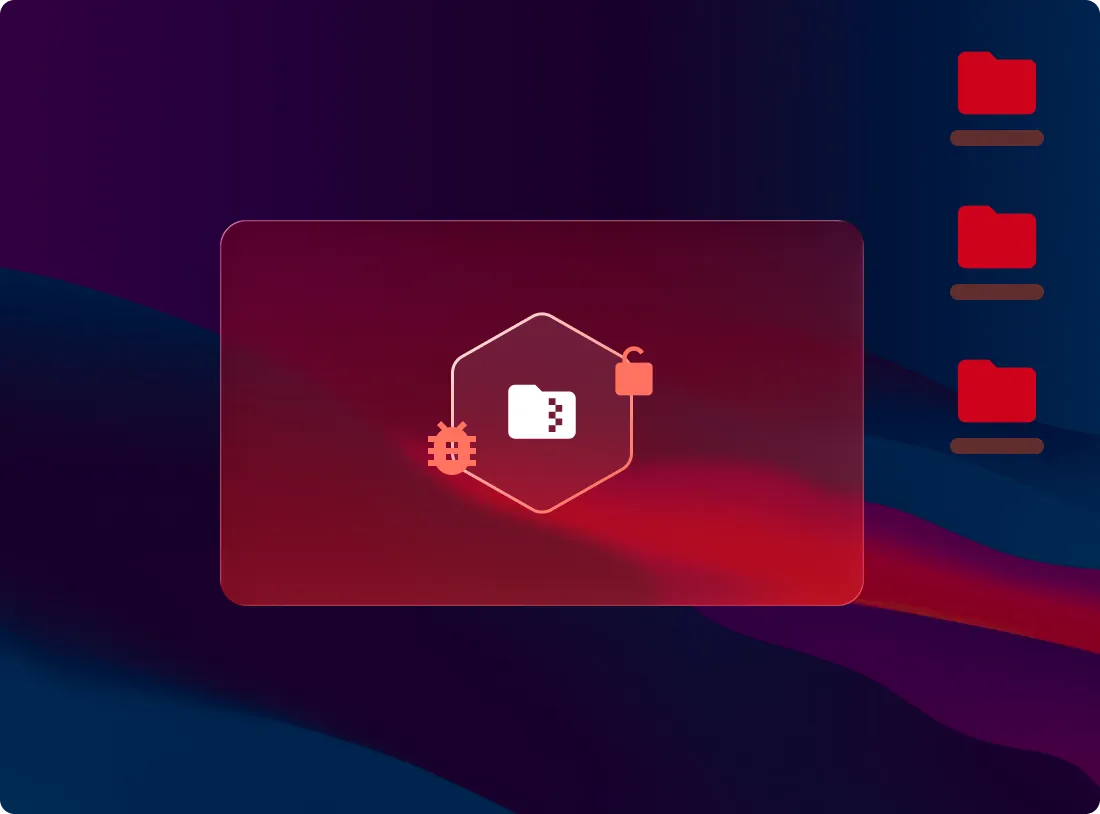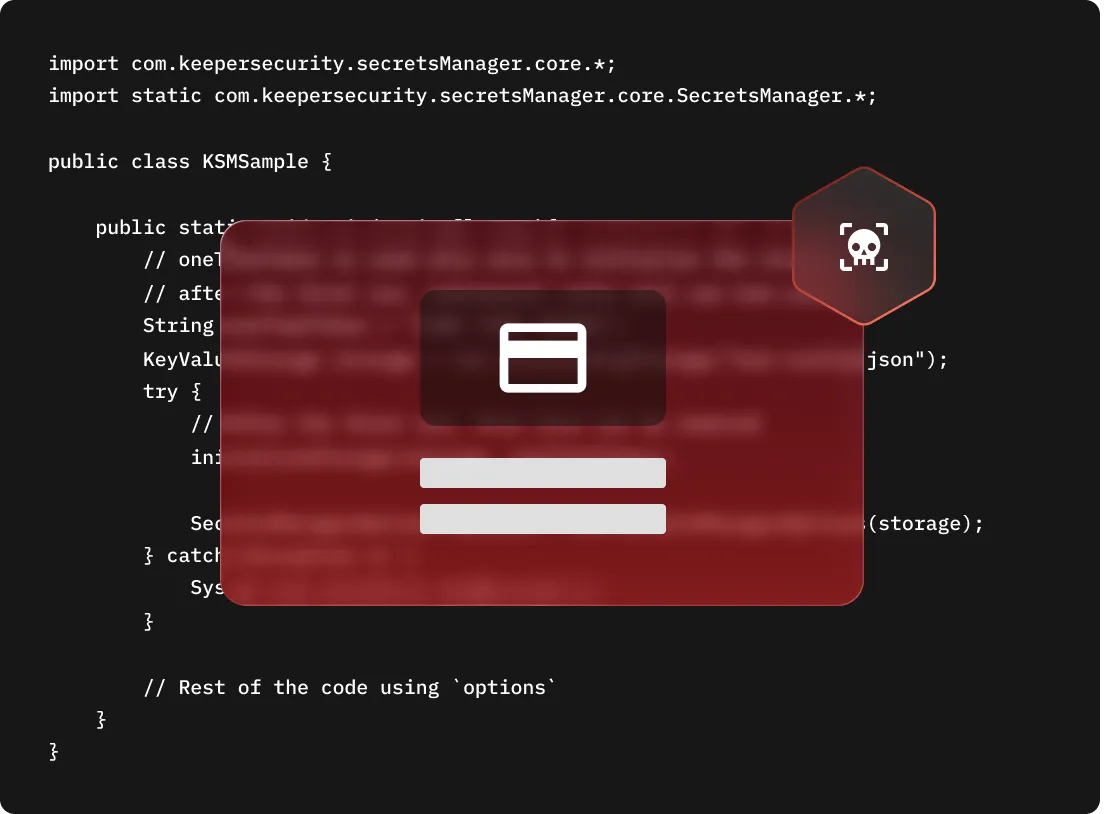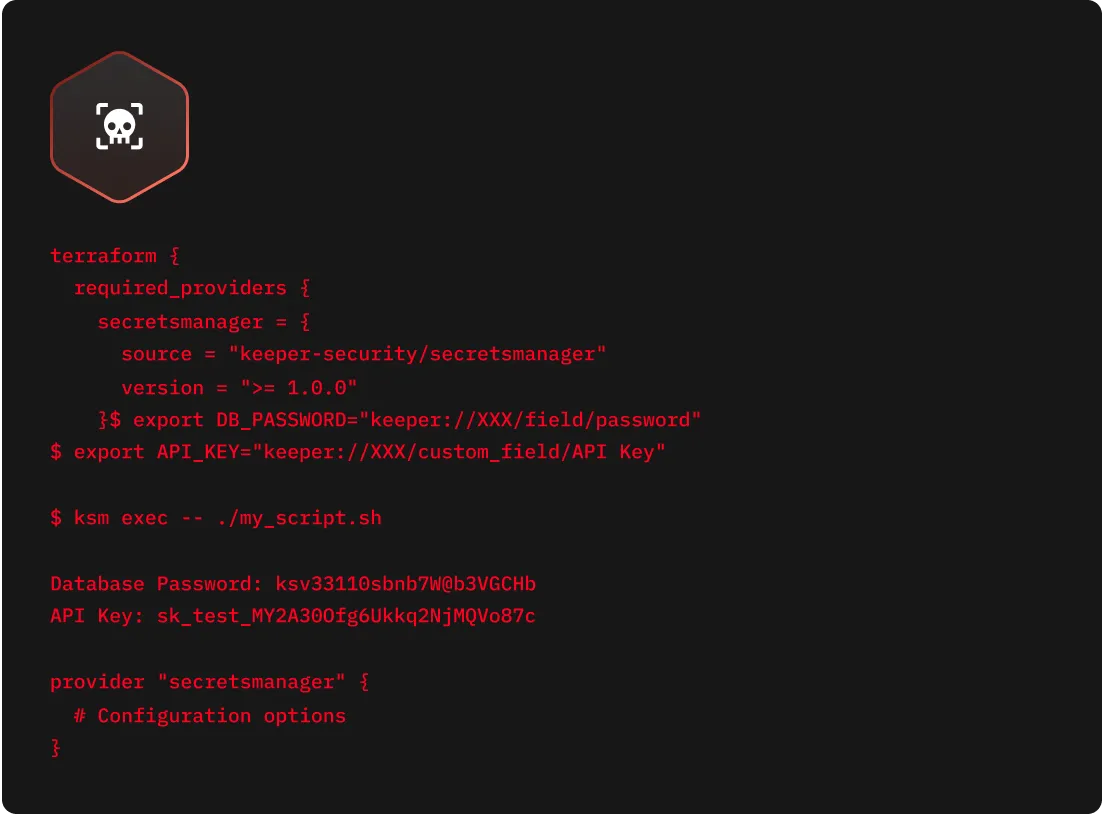What is a Ransomware Attack?
Ransomware is a type of malware that encrypts data and holds systems hostage until a ransom is paid. Cybercriminals generally demand payment in cryptocurrency in exchange for a decryption key. However, paying the ransom does not guarantee that cybercriminals will fulfill their promise to return your data. The FBI advises against paying since it doesn't guarantee data recovery and can lead to future cyber attacks or legal violations.
Even if access is restored, sensitive data may still be sold on the dark web. In many instances, ransomware victims may receive defective decryption keys, face additional demands or become targets of future cyber attacks.
No matter how big or small an organisation is, ransomware attacks have severe consequences, including financial losses, operational disruptions, reputational damage and data breaches.

